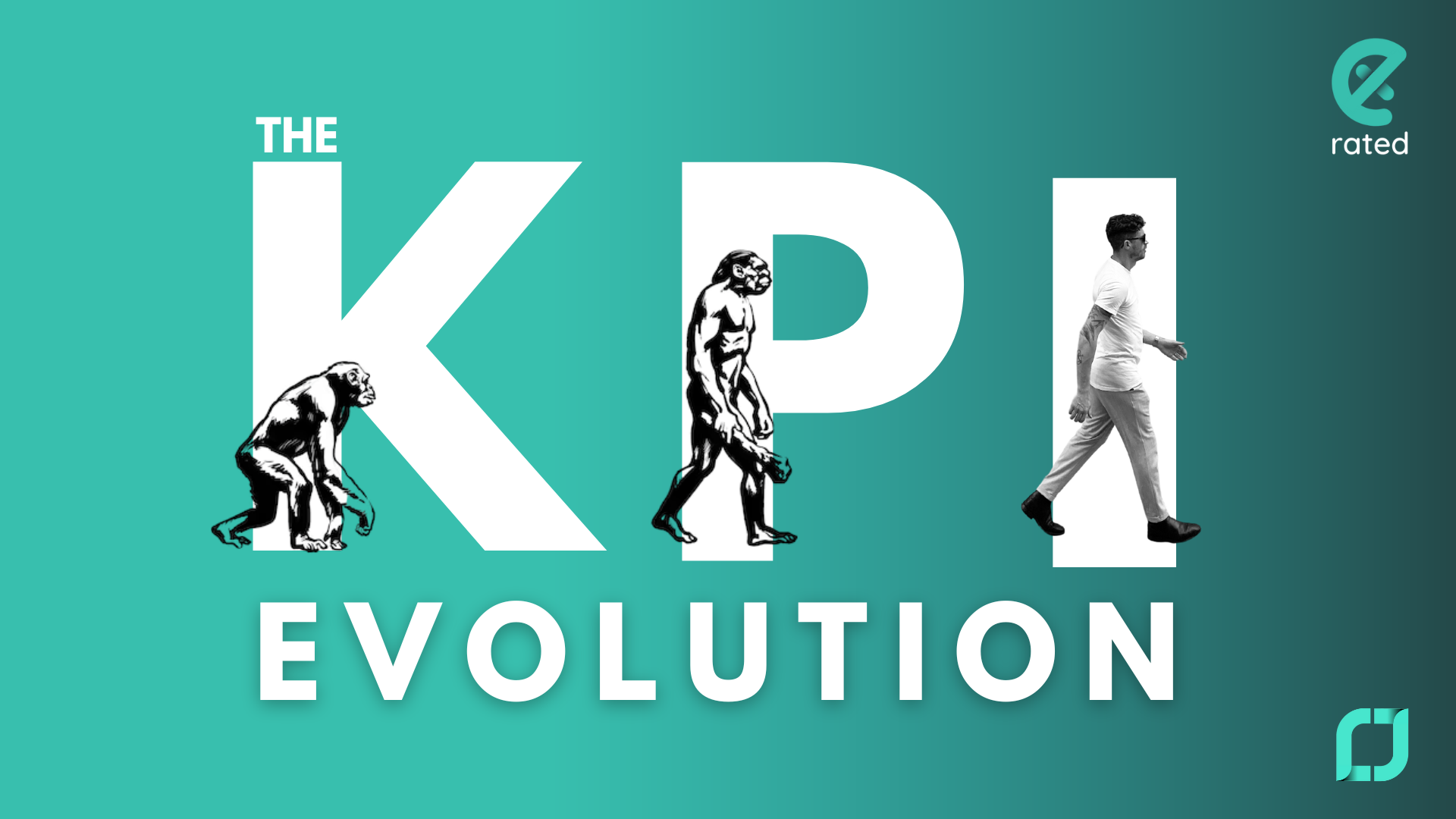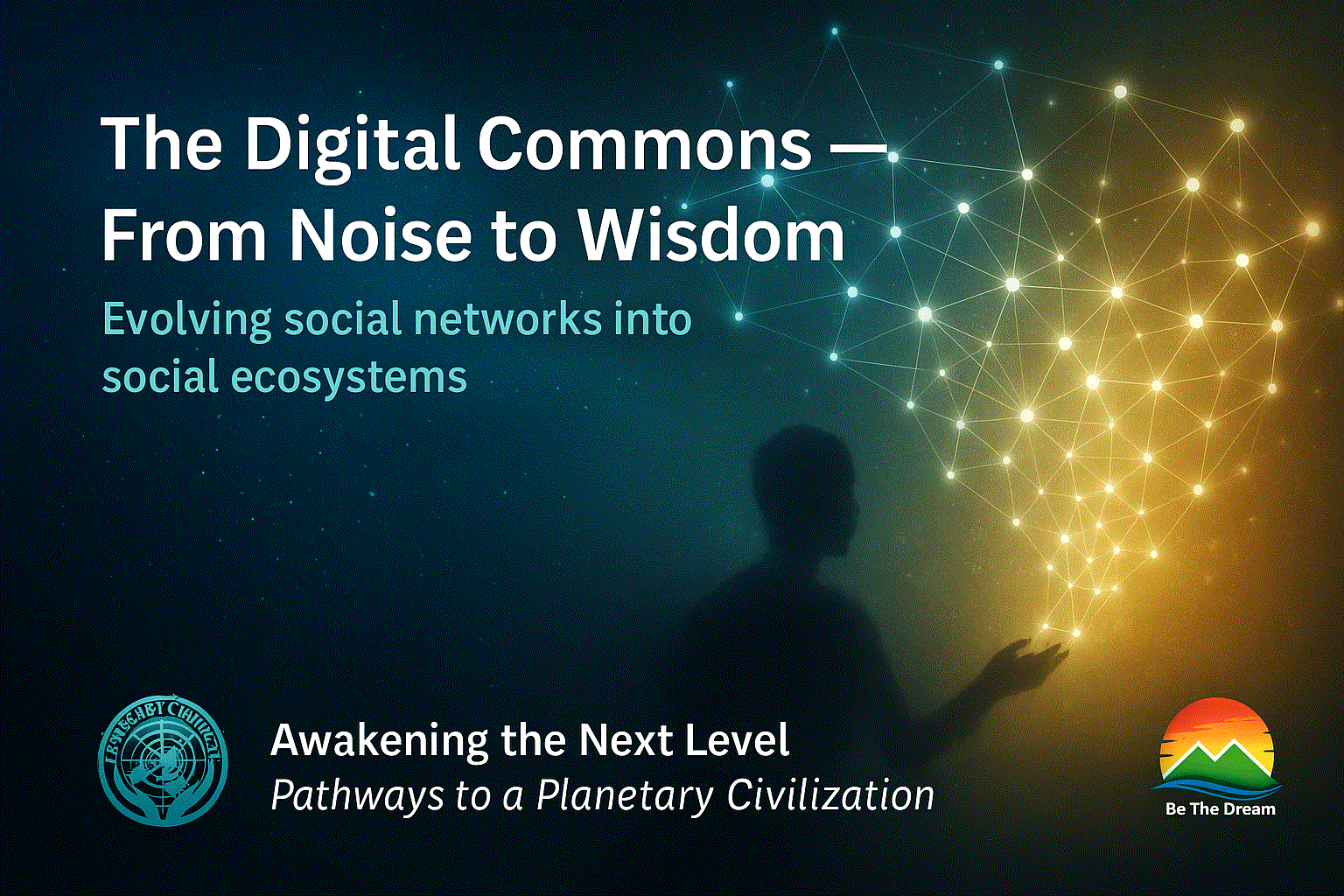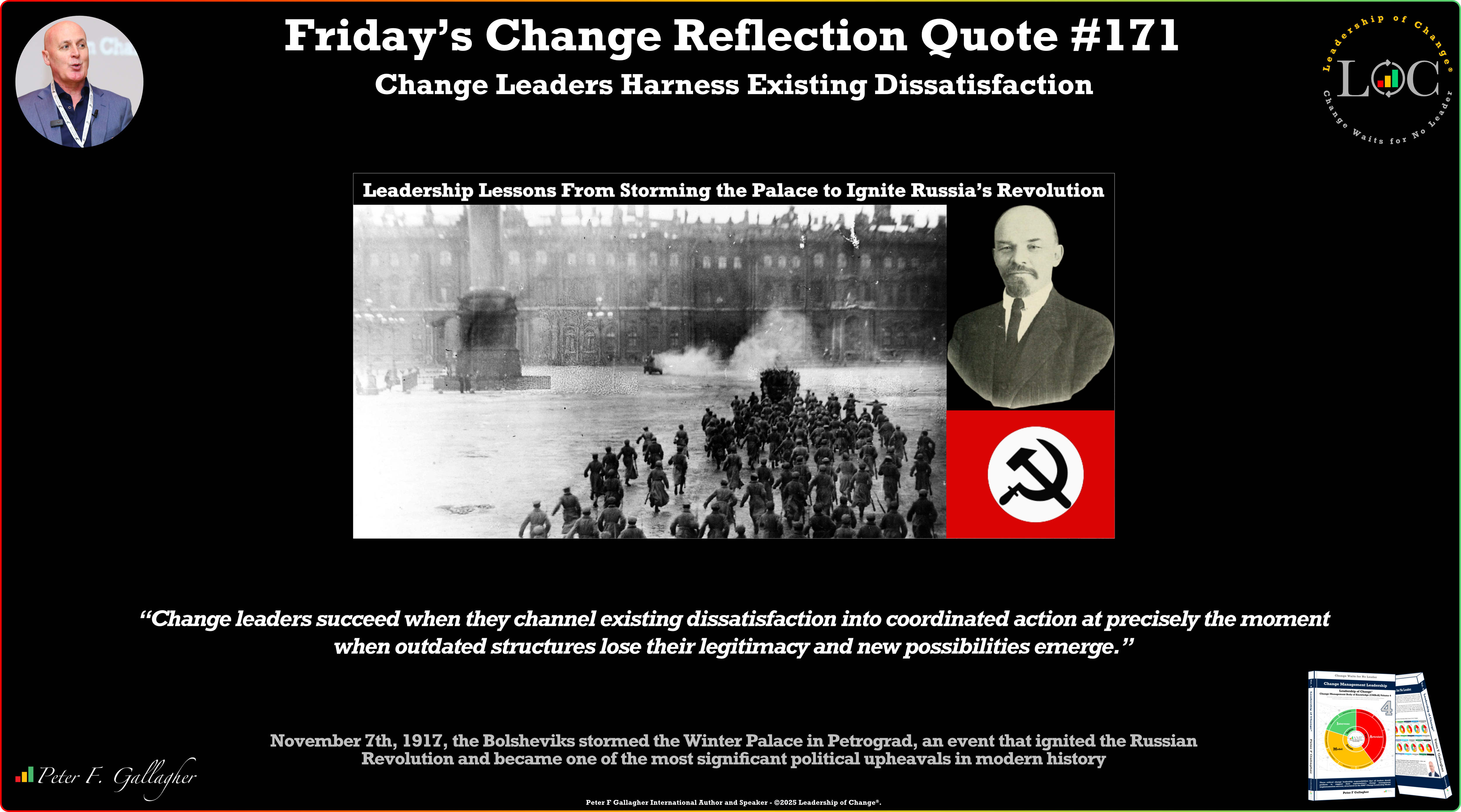May23

G’day G’day,
You might have heard me say before that Key Performance Indicators (KPIs) SUCK!
At face value, you might think that I am anti-KPI or even anti-establishment but that is not the case. The gripe I have with KPIs, particularly in contact centres where you can basically measure every breath someone takes, is that the KPI I measure because it can be. Not because it should be. Many KPIs also are put in place with the individual being measured having no control or influence over the outcome. But my biggest gripe is that most KPIs I’ve seen have been “widgetised” down from an executive KPI to a point that the KPI has zero meaning and tangible impact on those trying to achieve it. Two things that actually help with employee engagement.
KPIs have long been regarded as powerful tools for measuring and evaluating performance within organisations because they provide valuable insights into various aspects of business operations which can help in decision-making processes. However, in recent times (thanks to the pandemic), there has been growing concern about the overuse of KPIs, particularly those that don’t help the person being measured feel a sense of purpose, meaning and impact.
The 2023 Contact Centre Best Practice Report from Smaart Recruitment, sites that the number one reason people are joining an organisation is not pay but purpose! So, with that in mind, we need to rethink KPIs so they are linked to more intrinsic motivators. It is easy to say but perhaps hard to execute because one of the major drawbacks of KPIs is their limited scope. KPIs often focus on a narrow set of easily quantifiable and measurable metrics, neglecting the broader context and complexity of business operations. This causes organisations to be fixated on these metrics which in turn creates organisational tunnel vision, prioritising short-term gains over long-term sustainability and growth. This narrow focus can lead to overlooking critical factors that are difficult to quantify but crucial for success, such as employee engagement, customer satisfaction, and innovation.
KPIs need to evolve and become less tangible and become more purpose-driven, personally relevant and show clear meaning and impact. Not convinced? Let’s look at some other downsides to traditional KPIs.\
KPIs that are extrinsically driven can create a fertile ground for gaming and manipulation. When employees or teams are evaluated solely based on KPIs, they may be motivated to engage in behaviours that boost those metrics, even if it means sacrificing the overall goals and values of the organisation as well as compromising their own values with is a sure way to create low employee morale and engagement. “Gaming the system," can also result in distorted data, misleading reports, and unethical practices. By fixating on KPIs without considering the underlying principles and values, organisations inadvertently encourage such behaviour, leading to a misalignment between stated objectives and actual outcomes. This behaviour is one of the biggest reasons organisations end up with two cultures. The one on the wall and the one lived and breathed on a daily basis.
KPIs are often designed to measure quantifiable data, revenue, profit margins, or productivity. While these metrics provide valuable insights, they fail to capture the intangible aspects of business performance. However, factors like employee engagement, organisational culture, and brand reputation play a vital role in long-term success but are challenging to quantify accurately. By exclusively focusing on easily quantifiable or tangible KPIs, organisations risk undervaluing these critical aspects, leading to a skewed understanding of their overall performance and missing opportunities for improvement.
KPIs in most organisations are treated like a snapback truckers hat. One size fits all with some adjustment… but that hat won’t keep me warm in winter like a beanie and it won’t get me into a ball like a dapper top hat will. Every organisation operates within a unique context influenced by its industry, market conditions, and internal dynamics. KPIs tend to be generic and standardised, making it difficult to capture the intricacies of each organisation’s environment. Take contact centres for example. Right across the Australian contact centre industry the accepted standard for Grade of Service (GOS), is 80% of calls within 30 seconds (80/30). Yet in my experience, this is not a one size fits all measure. Think about it. If you were calling 000 you would want a GOS of 100/0, right? Life or death situations deserve a contextual KPI, whereas calling your superannuation fund… what’s the rush? This KPI as an example should be customer driven i.e. How long is a customer willing to wait before it impacts negatively on their experience (per industry)?
Relying solely on KPIs without considering the specific context can lead to misguided decision-making. What works as a KPI in one industry or company may not be relevant or effective in another. Organisations must supplement KPIs with qualitative analysis, market research, and a deep understanding of their unique circumstances to avoid oversimplification and misinterpretation.
Overemphasis on KPIs can stifle creativity and innovation within organisations. Employees who are solely focused on meeting predefined metrics may shy away from taking risks or pursuing unconventional ideas. This stifling effect hampers adaptability (a growing desirable attribute in contact centre agents), limits experimentation, and handcuffs the development of ground-breaking solutions. By encouraging a culture that values KPIs above all else, organisations inadvertently discourage the very qualities needed to stay competitive in today’s rapidly evolving business landscape.
Key Performance Indicators are not the enemy, they are not the devil, and they are certainly not to be piffed out the office window. No doubt about it, KPIs offer valuable insights into organisational performance. However, the overuse and misuse of KPIs can lead to unintended consequences, some of which are starting to be realised in recent times. It’s crucial for organisations to strike a balance between quantitative metrics and qualitative analysis, considering the broader context and complexities of their operations which should absolutely include employee engagement. So, let’s take off the blinkers and move away from the tunnel vision induced by excessive reliance on narrow KPIs so we can foster a more holistic approach to performance.
Until next time and, as always
Hooroo
Keywords: Culture, Customer Experience, Future of Work
 The Digital Commons — From Noise to Wisdom
The Digital Commons — From Noise to Wisdom Friday’s Change Reflection Quote - Leadership of Change - Change Leaders Harness Existing Dissatisfaction
Friday’s Change Reflection Quote - Leadership of Change - Change Leaders Harness Existing Dissatisfaction The Corix Partners Friday Reading List - November 7, 2025
The Corix Partners Friday Reading List - November 7, 2025 The Trust Deficit in Change Programmes
The Trust Deficit in Change Programmes Management of Portfolio complexity a key to Supply Chain responsiveness
Management of Portfolio complexity a key to Supply Chain responsiveness